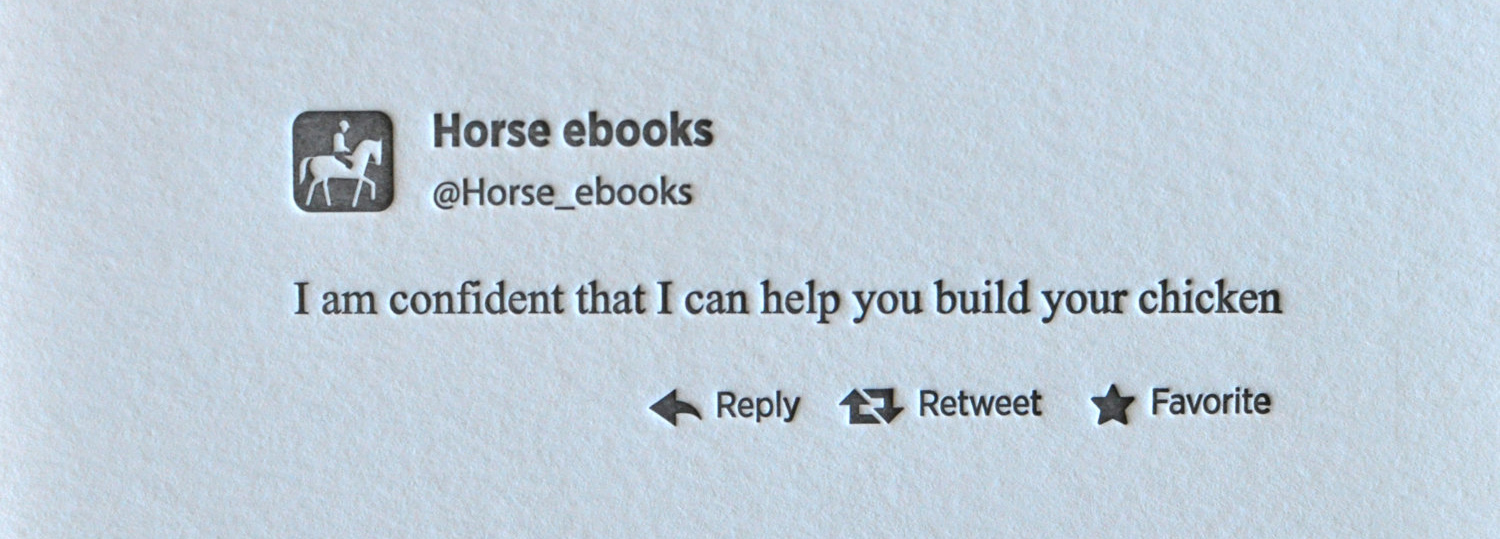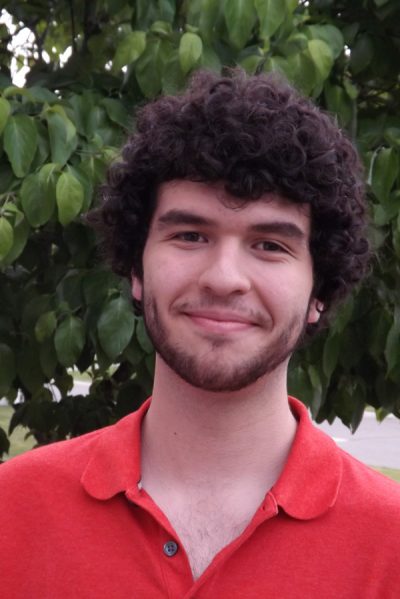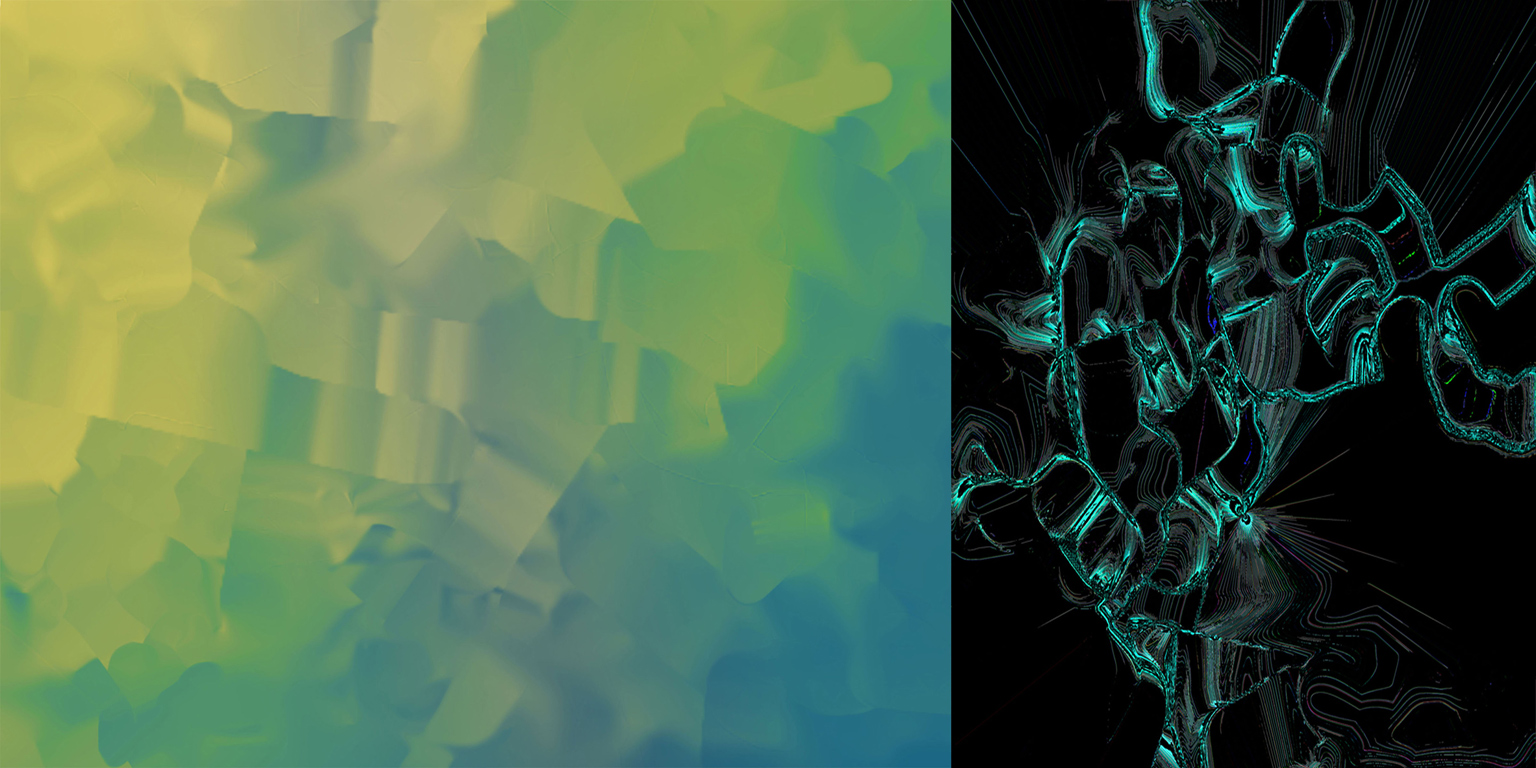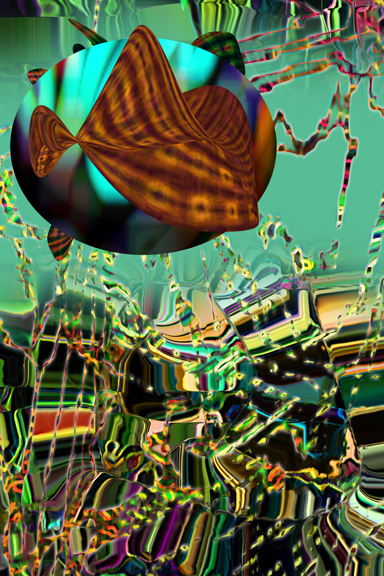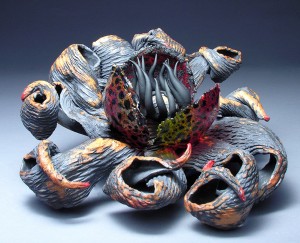In writer-director Spike Jonze’s Her, Joaquin Phoenix plays the man some of us might turn out to be in twenty or thirty years. Burdened by the constant bombardment of “connection” and “engagement,” Theodore Twombley is perpetually alone, at least in his own mind. Even though he knows his life is stuck in neutral, he feels too threatened by his own sorrows to make any meaningful strides in the right direction. But technology hasn’t hollowed him out. In fact, Theodore radiates empathy and compassion, even when he doesn’t know where or how to direct it.
That’s the contradiction at the heart of this marvelous film, a richly imagined exploration of the nature of relationships and a study in the futility of rejecting technological progress. Her offers a vision of the future that’s both radically different from our world and very much the same. Theodore’s central quandary – is my relationship with an artificially intelligent operating system “real”? – is just a logical extension of our own uncertainty about knowing and connecting with others. As we place our trust in manmade machines that take on lives of their own, we’re simply transferring the central questions of human existence into a more palatable outlet. In the not-so-distant future of Her, those central questions remain the same, even though they’ve evolved on the surface.
Her takes place sometime in the future. It’s not clear how much time has elapsed since 2013, but technology seems to be only a few decades removed from our own. High-waisted pants and brightly colored shirts are the fashions du jour. Everything looks a little sleeker than it does right now, but Theodore lives in a world that is recognizably our own, and his love interest of choice bears a superficial response to our friend, the eternally wise Siri.
Theodore is a dweeby man who mumbles a lot but speaks eloquently, never more so than when he’s composing affectionate declarations of love for his clients at BeautifulHandwrittenLetters.com. Phoenix’s performance is delicate and tender, so that Theodore is always a little removed from his surroundings even when he’s talking to other people. No wonder, then, that he takes a liking for his new operating system Samantha (voiced by Scarlett Johansson). She accepts his fractured soul because that’s what she’s programmed to do, but the relationship is built on a solid, if unconventional, foundation.
Samantha arrives at an ideal time. Theodore’s marriage has dissolved, his dating life stagnated. He’s lost the ability to offer himself completely to another human being, a necessary component of any long-lasting relationship. He’s grown distant from his estranged wife (Rooney Mara) and finds himself unable to even follow through on a one-night stand (with the gorgeous Olivia Wilde, no less). Samantha offers a tangible taste of another person’s soul without the difficulties of interacting with another human being. It also helps that Samantha is growing into herself as she’s growing closer to Theodore. Johansson’s performance is remarkable – with only her supple voice, she captures Samanatha’s inherent anonymity and unbridled curiosity so convincingly that her physical form, an earpiece and an iPhone-shaped console device, is as compelling as an actual human being might have been. Johansson doesn’t simply read the lines – she translates them into delicate expressions of burgeoning self-actualization.
Her is more than a fascinating premise. Jonze’s perceptive script weaves through each facet of Theodore and Samantha’s relationship both gracefully and thoughtfully, rarely settling for the obvious outcomes. A lesser movie might have hinged on others disapproving of Theodore’s unconventional relationship. Indeed, several characters express that skepticism, but they’re not frowned upon for doing so. The movie questions not only the ethical and logistical issues surrounding this relationship, but also the complications that ensue when it comes to sympathizing with a creature fundamentally different from yourself. Jonze oscillates effortlessly between judging Theodore for his faults and praising him for his unabashed sentimentality. The relationship isn’t inherently winning or troubling – it’s complex, tentative, rapturous and destructive all at once. When Theodore and Samantha “have sex” for the first time, Jonze lingers on Theodore’s face before tenderly cutting to black. Never mind the logistics. This situation is an oddity, and the movie never pretends it’s anything but.
Her is constructed so purposefully that the quality of the details is almost beside the point. In a throwaway scene, Theodore visits his friend Amy (Amy Adams), who shows him a rough cut of her new documentary. It’s a still shot of a middle-aged woman sleeping in her bed. Theodore asks if there’s more to it. “No, that’s it,” she replies. Amy’s husband (Matt Letscher) suggests talking heads or reenactments to articulate Amy’s intended theme. Amy refuses – it wouldn’t be real anymore. Try to explain this movie’s premise to someone who’s never heard of it. You’ll feel like Amy pitching her documentary or Theodore condensing his relationship with Samantha into a single sentence. Her contains multitudes. Its point is that relationships do too.
 Mark Lieberman is a rising junior majoring in journalism and minoring in cinema studies at American University. He is the Managing Editor of The Scene at The Eagle, covering arts and entertainment, music and lifestyle around campus and across DC. He is currently interning at USA Today, where he has written articles for the Life section and USA Weekend Magazine, in addition to managing the web site and social media accounts for USA Weekend. He is passionate about all forms of pop culture from movies and television to music and books, and he believes that thinking about and discussing entertainment is a worthwhile and critically important pastime. You can read his work on The American University Eagle, USA Today, and his blog: liebermannolie.wordpress.com.
Mark Lieberman is a rising junior majoring in journalism and minoring in cinema studies at American University. He is the Managing Editor of The Scene at The Eagle, covering arts and entertainment, music and lifestyle around campus and across DC. He is currently interning at USA Today, where he has written articles for the Life section and USA Weekend Magazine, in addition to managing the web site and social media accounts for USA Weekend. He is passionate about all forms of pop culture from movies and television to music and books, and he believes that thinking about and discussing entertainment is a worthwhile and critically important pastime. You can read his work on The American University Eagle, USA Today, and his blog: liebermannolie.wordpress.com.
This article was selected as a finalist in the 2014 DC Student Arts Journalism Challenge, an annual competition designed to identify and support talented young arts writers.

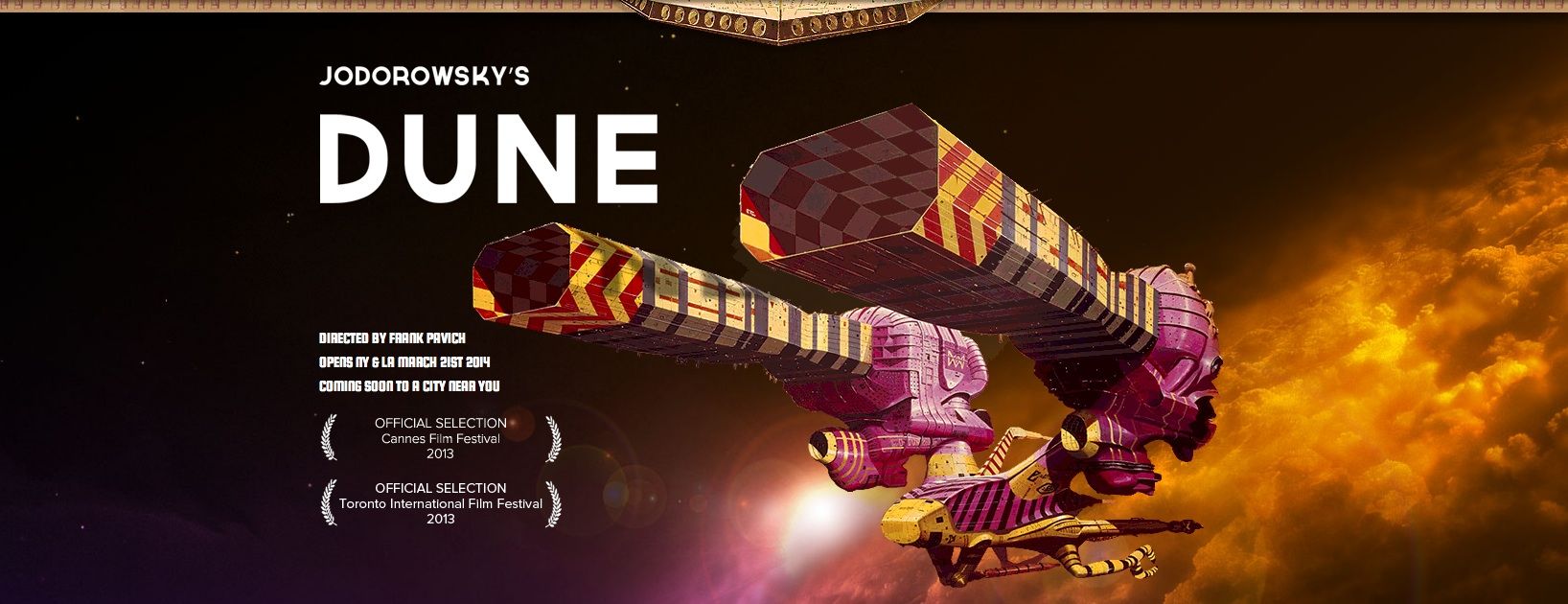
 Emilia Brahm is a writer of journalism, criticism, and fiction. She currently studies at Georgetown University, where her academic focus is Gender Studies and Urban Agriculture, as well as Polish and Arabic Language and Literature . Her work can be found at
Emilia Brahm is a writer of journalism, criticism, and fiction. She currently studies at Georgetown University, where her academic focus is Gender Studies and Urban Agriculture, as well as Polish and Arabic Language and Literature . Her work can be found at 